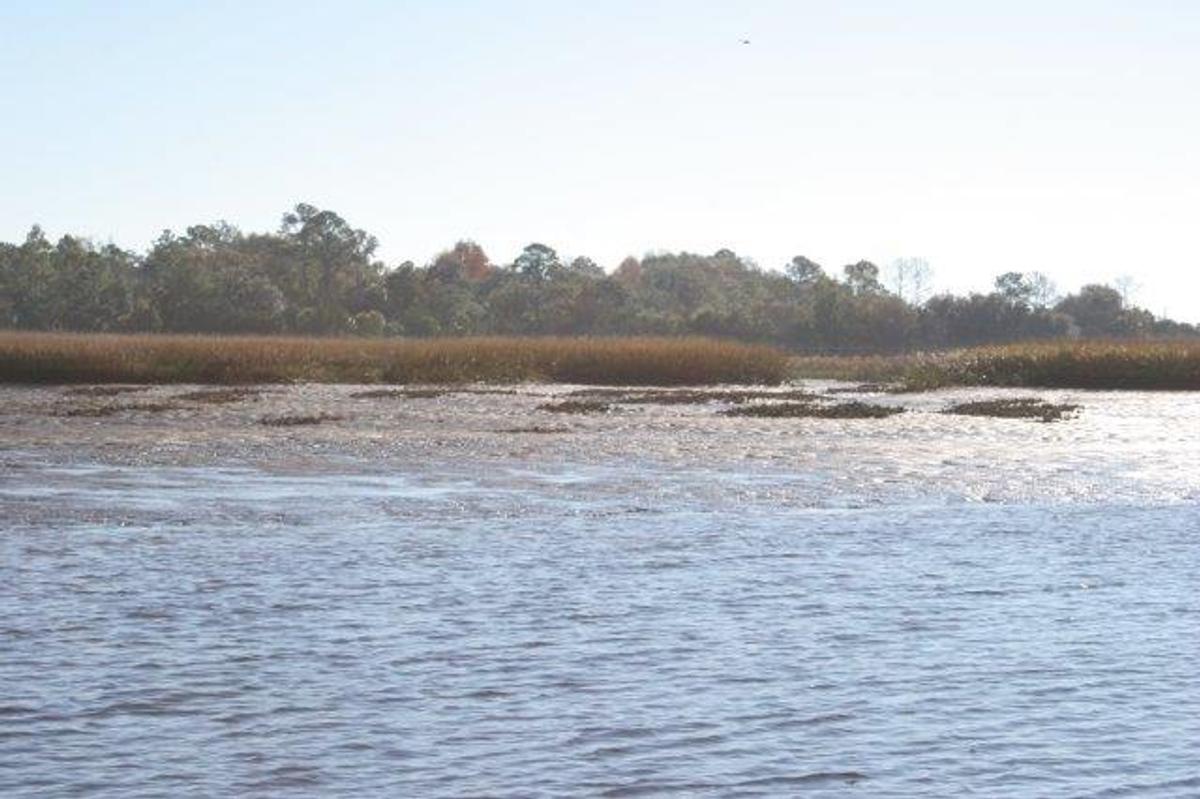Inshore Fishing Tips: When & Where To Slow It Down
In the coolest, windy spring weather, inshore bait and sportfish slow down. Cold water and unstable weather grips the environment, and that can greatly affect fish and fishing. So one of the most important inshore fishing tips is to beware of your lure/bait presentations, and consider targeting inshore area waters that you otherwise might by-pass during other times of year.Spring is one time when black, mud-bottom inshore areas may hold plenty of fish. Such spots warm from bright spring sun during low tides and have a lot more active bait and gamefish than some other traditionally good fishing areas.
Where To Slow It Down:
These kinds of mucky-bottom places aren’t always an all-around favorite spot, and certainly not in warmer weather. Inshore anglers often catch more fish in warm weather in deeper water near rocks, shells and drop-offs. But in cool, blustery spring weather, the sun’s rays pound down on black muck bottoms exposed at low tide, and they absorb it a lot, especially in wind-sheltered areas.Then when tides flood back over those mud bars and banks, it makes water warmer, and finger mullet, mud minnows, crabs, shrimp, the entire food chain is just a bit more active there. That draws feeding fish like seatrout, redfish, flounder, whatever predator fish species is found in an area.
What To Use When Fishing Slow
Smart spring anglers utilizing the best inshore fishing tips make some of their best high-tide catches from mucky, black-bottom bays and creeks that the sun spanks and warms during low tide. Sometimes you can witness fish and bait activity increasing during flood tides over mud bottom areas if the water is clear. Crabs and shrimp scurry, and mullet and baitfish dart around. It’s a good time for sight fishing with imitators like The LiveTarget Shrimp or The Betts Halo Billy Bay for predatory redfish and sheepshead in areas where the water is clear.When it’s cool, natural baits almost always out-produce artificial lures because fish aren’t aggressive enough to chase a plug or spoon, and rarely a top-water plug.Even flounder slow down to the point that they’ll hit a minnow bait like the Tormenter Tackle Can't Miss and just hold it in their mouth, rather than swallow it. They react to the bait and take it, but never deep enough that you can set a hook. Sometimes you’ve got to tease them by gently pulling on the bait, they pull back, you pull again, and they finally completely engulf a bait and swim off. That’s when to drive home a hook.
Slow-Down Inshore Fishing Tips
Slowing retrieve rates is one of the more difficult things an inshore angler learns, since most of the time fast lures produce best. Spanish mackerel, bluefish, jacks, ladyfish and others often turn away if a lure isn’t moving along at trip-hammer speed. But such species are highly migratory, moving with water temperature they prefer, as well as the bait they relish. But for more resident species like flounder, redfish and seatrout, anglers who have learned to slow inshore fishing baits and lures often produce more and bigger fish when the temperature settles south, and the wind howls out of the north.
Bob McNally has been around fishing and the outdoors all his adult life. In addition to writing thousands of newspaper outdoor stories, Bob has written over 5,000 feature magazine articles for every important outdoor publication in the United States, and is on the writing staffs for Outdoor Life and SaltWater Sportsman magazines. He is the author of 11 outdoor books, including his definitive, best-selling Fishermen's Knots, Fishing Rigs, and How To Use Them.
Updated February 8th, 2019 at 9:11 AM CT


